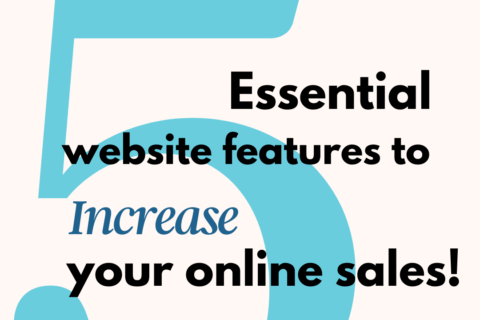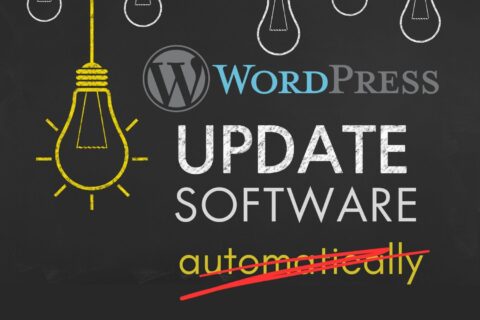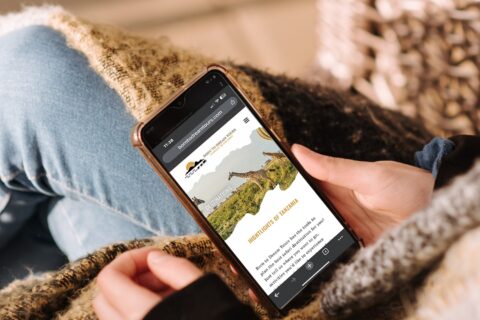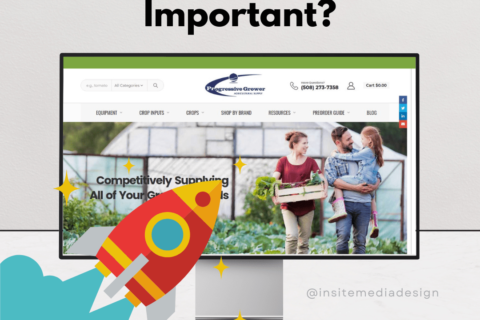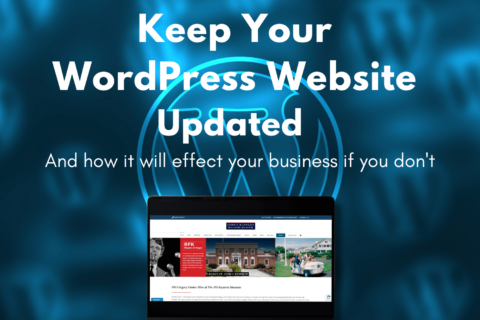In today’s fast-paced digital landscape, website visitors are often in a hurry, skimming rather than reading every word. With users seeking instant access to information, it’s essential to design your website with effective navigation and quick content retrieval in mind. By optimizing these elements, you can capture and sustain their attention, ensuring they find what they need without frustration while leading down the path to conversion.
Here are five essential website elements that will boost visitor engagement
1. Concise Headings and subheadings:
Headings and subheadings play a critical role in website design. They serve as navigational aids that help users quickly locate the information they need. Effective headings should be descriptive and incorporate relevant keywords to improve search engine optimization (SEO). Use a hierarchical structure (H1 for main headings, H2 for subheadings, and H3 for further divisions) to organize content logically. This not only improves readability for visitors, but also helps search engines understand the context of your content.
Ensure that headings are concise yet informative, guiding visitors seamlessly through your website’s structure.
2. Bold or highlighted text:
Incorporating bold or highlighted text strategically can significantly enhance the readability of your website.
Use this technique to draw attention to key points, such as important statistics, calls to action, or critical information that you want to stand out, but use it sparingly. Emphasized text should complement the overall design and be used to reinforce the main messages without detracting from the overall content flow. Also, avoid using excessive bolding, which can reduce its effectiveness and make content harder to read.
3. Visual Content:
Visual content, including images and videos, is essential for engaging users and breaking up text-heavy pages.
High-quality visuals can capture attention, convey complex information more effectively than text alone, and enhance the overall aesthetic appeal of a website. Use relevant images that support your content and ensure they’re optimized for fast loading times to prevent slowing down your site (we suggest Image Compressor, a free tool online). Incorporate videos to provide dynamic content and explain concepts that benefit from visual demonstrations. Also, ensure all visual elements are properly tagged with alt text to improve accessibility and SEO.
4. Bullet points and lists:
Bullet points and structured lists organize information into digestible chunks, making it easier for users to scan and find what they need quickly. These formats improve readability and keep visitors focused.
They are a must have to:
- highlight key features or benefits of a product or service
- break down complex information into easily digestible chunks
- summarize steps in a process or procedure
- showcase a list of services or products offered
- provide a quick overview of a topic or subject
- compare and contrast different options or choices
- create a table of contents for a longer piece of content
- list out frequently asked questions and their answers
5. Effective Calls to Action (CTAs):
Calls to action are crucial for guiding user interaction and driving conversions on your website. Strong CTAs prompt users to take specific actions, such as subscribing to a newsletter or requesting a consultation. Well-crafted CTAs guide user interaction and enhance the overall effectiveness of your website.
CTAs are super important because they:
- Encourage conversions
- Improve user experience
- Increase engagement
- Measure success
By incorporating these elements into your website’s pages, you can create a user-friendly experience that caters to the needs of today’s fast-paced online audience.
Want more social media tips like this? Follow us on Instagram and Facebook!


